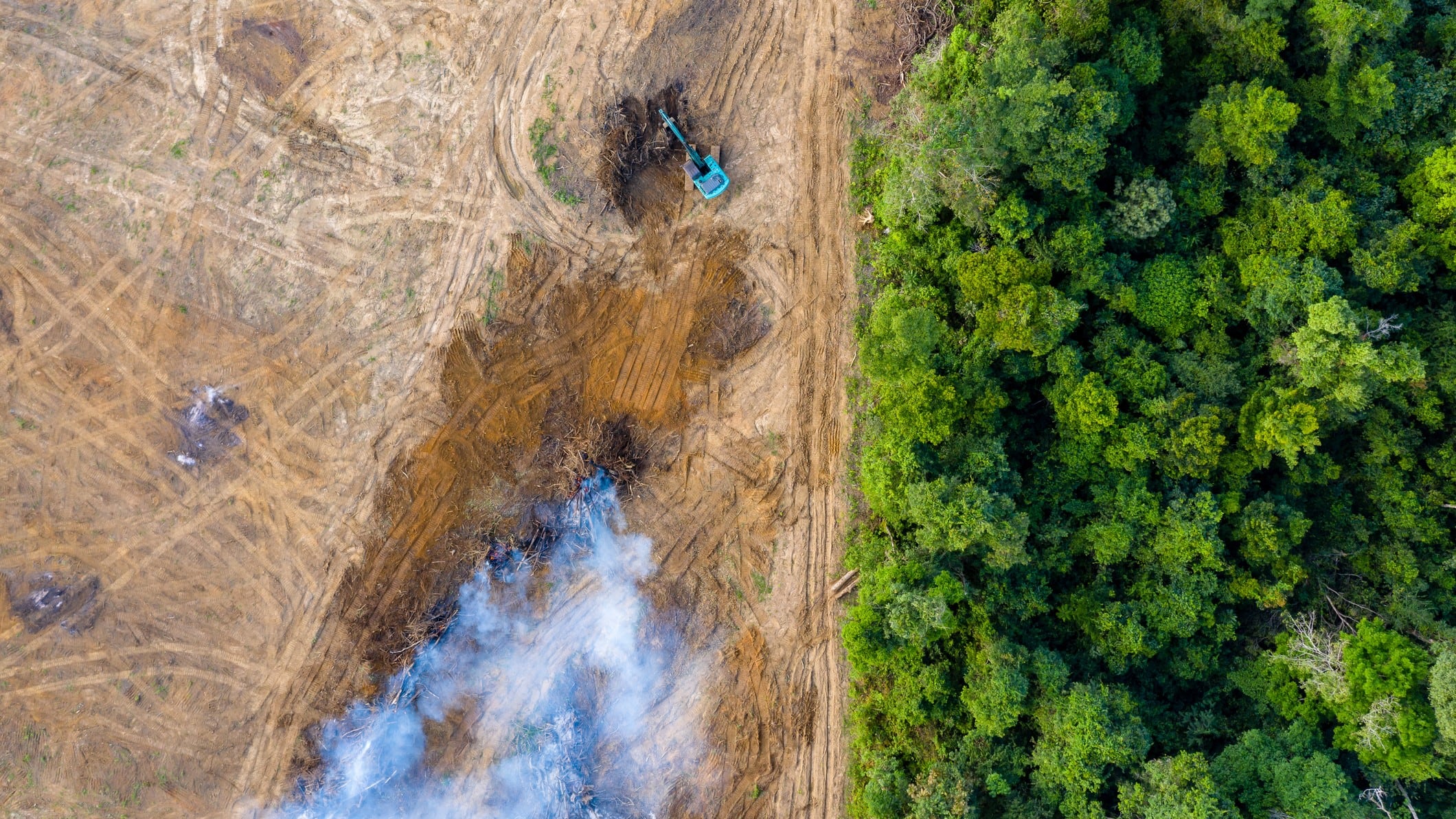In response to growing concerns about deforestation, numerous companies in the palm oil industry have pledged to eliminate deforestation from their operations, known as zero-deforestation commitments (ZDCs).
If successfully implemented, ZDCs could result in a substantial reduction in the global extent of oil palm plantations. This could be partially attributed to improvements in oil palm yields resulting from land scarcity. Average oil palm yields are projected to increase by 18%, with Malaysia, Indonesia and Colombia expected to witness the highest increases.
However, improved cooperation among policymakers, companies and international communities is essential to achieving these ZDCs in a timely manner.
Tapping into ZDCs
According to the Global Trade Analysis Project (GTAP) — a global network of researchers who conduct quantitative analysis of international economic policy issues — global oil palm area in 2030 is expected to be nearly 3 million hectares (14%) smaller than in 2014 due to ZDC implementation.
This contrasts starkly to a business-as-usual (BAU) scenario, where oil palm area is anticipated to expand by 42% during the same period. Consequently, implementing ZDCs is estimated to lead to a 39% reduction in the oil palm area until 2030. Indonesia, Malaysia and Nigeria are expected to experience the most significant ZDC-induced oil palm area contraction, with reductions of 6.3 million hectares, 2.4 million hectares, and 0.8 million hectares, respectively.
However, these predictions are sensitive to the calculation of the share of oil palm within the GTAP aggregate oil crop sector. Assuming the share of oil palm in 2030 equals the observed share in each GTAP region in 2019, the global oil palm area would instead expand by 19% under the BAU scenario but decrease by 28% under the ZDC scenario between 2014 and 2030.
GTAP also believes ZDCs will influence agricultural commodity production in new areas and encourage intercrop substitutions.
Production of oil crops, excluding oil palm, is anticipated to increase by 7.4 million metric tonnes in non-oil palm-producing countries. Some oil palm production may shift to other regions with more available land but none of them are likely to experience a net increase in oil palm production due to ZDCs, with potential effects being offset by demand and yield changes.
Natural impact
Due to the reduction in oil palm area and other land uses, ZDCs are estimated to save significant expanses of natural areas, such as dense forests, open forests, shrublands and grasslands. An estimated 53 million hectares of dense forests and 43 million hectares of open forests would be spared from conversion, with a respective 26% and 6% preserved from clearing.
However, ZDC implementation has triggered displacement effects in some areas. Around 13 million hectares of dense forests and 26 million hectares of open forests have been converted due to ZDCs, with a respective 11% and 33% attributed to displaced oil palm plantations. In this regard, Central Africa, Colombia and other parts of South America are the most affected.
On the other hand, shrublands have seen a staggering 103 million hectares of avoided conversion, of which only a small portion has been displaced (2%). This is because they tend to be less dominant in major oil palm-producing regions, leading to fewer displacement effects.
Policy perspective
A recent GTAP study found that ZDCs have the potential to save around 96 million hectares of forests from conversion. Of this area, 17% would have otherwise been converted due to the expansion of oil palm plantations.
However, the effectiveness of ZDCs depends on their wide-scale adoption and enforcement across industries and regions. If major consumer markets like China and India are not covered by ZDCs, leakage effects could undermine their impact.
As such, stakeholders from tropical forest countries in zero-deforestation policymaking must be engaged to ensure both the effectiveness of such policies and the fair conservation of tropical forests. So far, mandatory due diligence rules for importers of deforestation-risk commodities have been proposed to accelerate progress towards more effective ZDCs.
Implementing these rules universally could result in the identification of deforestation-risk commodities, supply chain transparency, sustainable practices, collaboration and accountability, market access and incentive for policy change. This would ultimately accelerate progress toward more effective ZDCs.
Source: iScience
“Projecting global oil palm expansion under zero-deforestation commitments: Direct and indirect land use change impacts”
https://doi.org/https://doi.org/10.1016/j.isci.2023.106971
Authors: Floris Leijten, et al.




